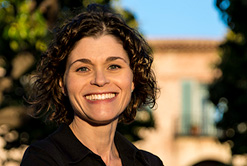In place of ERAS, a few specialties will be using ResidencyCAS, another centralized application platform for residency programs. In the past, OB/GYN used the newer service, and this year, emergency medicine will as well. ResidencyCAS promises enhanced features like data analytics, specialty-specific design; a mobile platform; and a single system for applying, scheduling, and completing interviews.
You can click toward the bottom of the page here for an applicant worksheet PDF both for OB/GYN and for emergency medicine.
Of course, candidates applying to OB/GYN or emergency medicine and a second specialty will still need to complete ERAS.

